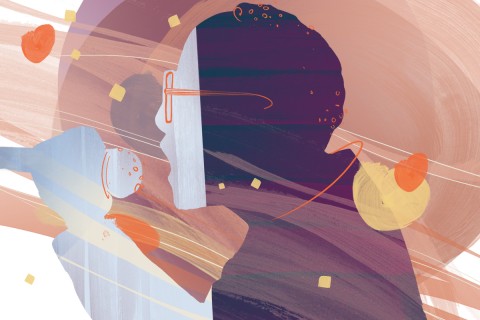Feeling US history
School districts and legislatures aren’t just challenging textbooks and curricula. They’re challenging feelings.

When I was a child in Sioux Falls, South Dakota, my favorite place in the world was the public library. I read my way through every book in the young adult section, but my favorites, and the most memorable, were fiction books that contended in some serious way with US history. By this I mean books like Jubilee, written by poet Margaret Walker, The Witch of Blackbird Pond, by Elizabeth George Speare, and the now sometimes banned and maligned Roll of Thunder, Hear My Cry, by Mildred Taylor, which rocked me with deep feeling. Those were the books on the shelf in that section of the library in the early 1980s, and I can still remember the look and feel of them in my hands, their smell, what it felt like to carry them home to read them. I cared about them both for their own sake and because they connected me to a bigger understanding of myself and my people.
These books took me imaginatively into the lives of people whose existences and histories were very different from my own but who were connected to me by the fact that we were part of one thing called the United States of America. The experience of reading like that was absorptive and disruptive. I became the characters in those books. I lived through and alongside them. When I came out the other end, I had deep feelings about the lives that those people lived—real or imagined. I was shaped and transformed by feeling.
These feelings matter, because they shape what Claudia Rankine calls our “racial imaginary.” These are the images, understandings, and subtle definitions that we carry out into our social encounters, and especially our encounters with the other.




